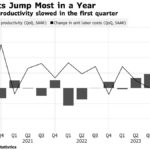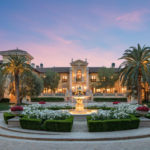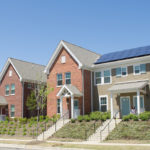Smaller homes may be generating more buzz lately, but many cities in the U.S. are still building supersized properties. McMansions sometimes get a bad rap for having an architectural style that doesn’t fit with their surrounding communities. They typically have heavily ornamented features, gigantic entrances, and high gabled roofs. McMansions were prevalent across the country in the 1980s and ’90s, but construction of these large homes ground to a halt during the housing crash of a decade ago.
But as the economy picks up again, McMansions are making a comeback in some areas. Realtor.com® researchers found that since January 2016, more than 70 percent of the 150 largest U.S. housing markets saw an uptick in the share of listed homes larger than 3,000 square feet.
“People who are living in the McMansions built in the 1990s and 2000s are older now. Their kids are grown, and they’re looking to downsize,” says Annie Radecki, senior manager at John Burns Real Estate Consulting in Portland, Ore. “But younger buyers who used to move into them are less interested.” They also might not be able to afford bigger houses, leaving these homes to linger on the market longer, Radecki says.
Realtor.com® points to the markets with the highest percentage of homes on the market that are 3,000 square feet and larger. (For comparison, the average square foot of a new single-family home in the U.S. is 2,627, according to the National Association of Home Builders.) The metros with the most McMansions are:
- Provo, Utah (71 percent of listed homes on realtor.com® are 3,000 square feet or more)
- Denver (61 percent)
- Bridgeport, Conn. (53 percent)
- Charlotte, N.C. (43 percent)
- Indianapolis (41 percent)
- Dallas (40 percent)
- Oxnard-Thousand Oaks, Calif. (37 percent)
- Minneapolis (36 percent)
Source: “Who Ordered All the McMansions? 10 Cities Where They’re Piled Highest,” realtor.com® (Feb. 12, 2018)












